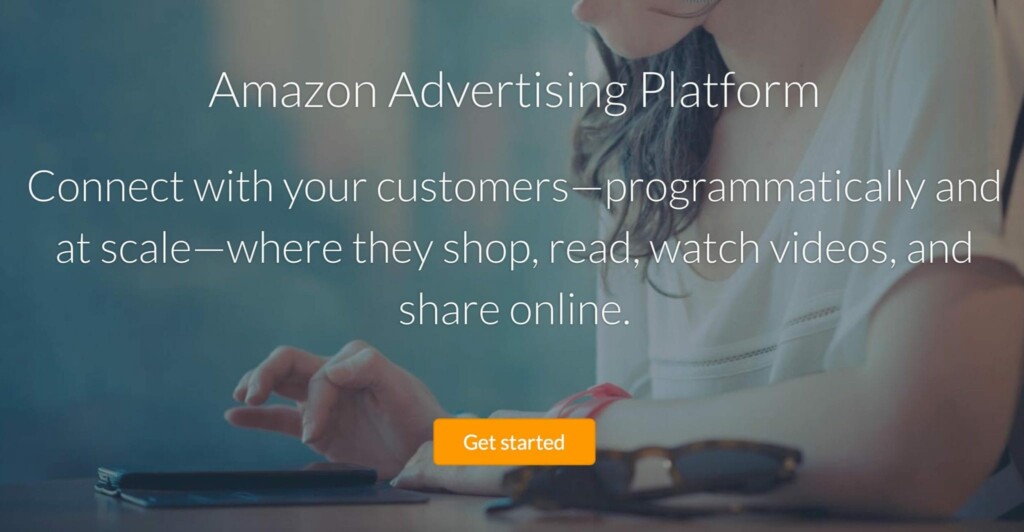How Amazon is Challenging Google and Facebook for Advertising Dollars

Amazon is a growing power as a search engine, becoming a more compelling advertising platform. In doing so, they become the third player next to Google and Facebook for advertising dollars. So it’s likely we could end up with three digital advertising powerhouses instead of two.
Here’s how this could potentially play out:
Research shows many consumers turn to Amazon when looking for information about products. Figures vary from 31% to 55% when it comes to first-time research – and a study from marketing technology company Kenshoo found 72% of people visit Amazon at some point before making a purchase when they want to research products online.
Amazon is built like a product-specific search engine – consumers can search for anything product-related and get relevant results better and quicker than they can with Google.
Amazon is unique in that its product listing pages have virtually everything a shopper could want to know – including price, description, pictures and reviews – which gives customers a one-stop shop for research even if they aren’t actually going to buy from Amazon.
As retail landscape continues to struggle, more business will shift to Amazon. As a result, their share of search is very much a function of them being a preferred channel for purchasing products.
As consumers shift their search habits advertisers will seek their ad dollars in traditional digital search. Searching within the Amazon environment is essential to the data story that Amazon can share with marketers and agencies. For example, Amazon is able to track and re-target shoppers who have explored a product category and brands.

Amazon Ad Platform
It’s this knowledge about consumer behavior that makes Amazon such a powerful foe against Google and Facebook, which have long ruled the digital marketing landscape.
In fact, Advertiser Perceptions’ Q4 2016 Programmatic Intelligence Report found Amazon’s nascent ad business was the most-used Demand Side Platform That’s in part because it has its own exclusive placements on Amazon.com and other Amazon properties that other DSPs can’t reach, as well as because Amazon can offer targeting based on what consumers are shopping for on Amazon and it can report on sales, as well as on how purchase and search behavior changed while ads were running.
Amazon vs Google
The big difference between Amazon and Google’s fight for ad dollars is that Amazon’s business model is not dependent on advertising revenue, which gives it the freedom to change the competitive landscape.
For example, Amazon Echo’s goal is to sign up more subscribers and sell more goods, not to sell ads. Amazon Echo has disrupted the search business both by voice, as well as the singularity of its answers. As a result there is at the least very limited space, for paid search advertising in a world of single voice answers to queries.
The impact for Google is that it loses loses market share in product searches, it is also losing revenue from the ads it used to serve consumers making those searches. And, as Amazon does a better job of monetizing its own searches, Google could see further losses in the consumer product and retail budgets it used to command.
But Amazon does have some limitations. If it doesn’t sell a given product, the brand behind it can’t advertise on the platform. There are also verticals like travel that Amazon probably won’t touch.
Amazon vs Facebook
Facebook also stands to lose market share to Amazon, but it isn’t as much of a direct competitor as consumers use the platform for different reasons. Facebook could, however, still be hurt if budgets moved to Amazon.
The Oligopoly
Will Amazon follow a similar path as Facebook and Google in digital advertising?
Amazon has been known to move quickly, however most industry experts feel digital advertising products on Amazon may be three to five years away. If Amazon prioritizes advertising and works closely with brands and agencies while sharing data more effectively, then this time frame could be shortened to within a year, carving out “a nice chunk” of the digital ad market. That said, consumer awareness and preferences are primarily built elsewhere, so Amazon will have to control a lot larger chunk of consumers’ time before they steal a large chunk of ad dollars from Facebook and Google.